The potential damage from product recalls is being magnified by social media and cost pressures
The cost of a recall can escalate with terrible speed. In the worst cases, fatalities can lead to entire companies being subsumed. At best, brand integrity is very publicly called into question.
Only last week the chief executive of French dairy giant Lactalis promised to pull 12 million boxes of powdered baby milk off supermarket shelves in 83 countries after an outbreak of salmonella was traced to its manufacturing site in Craon, northwest France. Though the initial recall began in December with just 12 affected products, it has now extended to a total of 620 products with three dozen children falling sick in France linked to the outbreak. Affecting 7,000 tonnes of product, the global recall will no doubt come with an eyewatering price tag for the manufacturer. And the scale of the reputational damage could be just as costly.
Five high-profile product recalls

Fonterra whey products
When : 2013
Three batches of whey protein produced by Fonterra were thought to have been contaminated with a potentially harmful bacteria in 2013 sparking a global recall. Sold to eight companies, including Coca-Cola China and Danone, the whey protein was used in around 1,000 tonnes of product, but further testing suggested that the bacteria wasn’t a dangerous strain after all. Danone sued Fonterra and was awarded $125m in damages.

Robinsons Fruit Shoot
When : 2012
Britvic had to recall Fruit Shoot and Fruit Shoot Hydro bottles in 2012 after a six-year-old boy started choking on a plastic cap. The boy was unharmed but the incident sparked a major recall of the soft drink and a 13.4% slump in Britvic’s share price the following week. The cost of the recall was pushed up further by delays in getting the product back on shelf and the six months it took for the company to design a safe replacement cap for the soft drink.
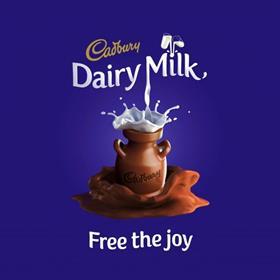
Cadbury chocolate
When : 2006
A leaking waste water pipe at the Marlbrook plant was found to have dripped into milk chocolate, contaminating it with salmonella. The crumb was blended with fillings to make a range of products, with the bacteria detected between January and March 2006, and products recalled that June. The firm was fined £500,000 for putting unsafe chocolate on sale, £100,000 for two charges brought by Birmingham Council and £50,000 each for six food safety offences.
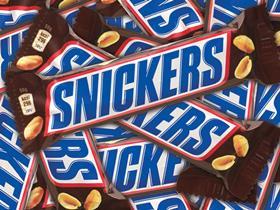
Mars
When : 2016
Mars recalled products made at its factory in the Dutch town of Veghel in 2016, a process complicated by them having been distributed to 55 different countries. The recall was sparked when a customer found red plastic in a Snickers bar that was traced to a protective cover used during the manufacturing process, but Mars initiated a voluntary recall of several other bars too as it could not be sure more products weren’t affected.
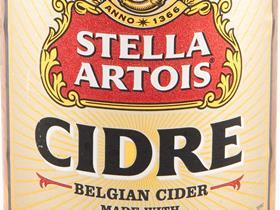
Stella Artois Cidre
When : 2011
AB InBev UK recalled 568ml bottles of its Cidre in 2011 following reports that two customers had been injured by the bottle exploding. The affected bottles came from three batches and, as the company pointed out, amounted to just 1.4% of the total Cidre bottles on sale in the UK at that time. Nevertheless they advised customers to wear gloves and eyewear and handle the bottles carefully when finding batch numbers. The problem was traced to additional fermentation.
Though no UK products are thought to be affected by this particular incident, plenty of high-profile recalls have made headlines in the UK. Back in 2011 Britvic was in the spotlight after a child choked on a bottle cap on one of its drinks. Though the child was unharmed, the brand spent millions recovering its reputation.
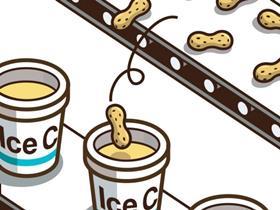
Then in 2006 Cadbury recalled millions of its chocolate bars amid concerns some were tainted with salmonella from a leaking waste water pipe. And only five months ago millions of eggs were pulled from supermarkets in more than a dozen European countries - including the UK - after it was discovered that some had been contaminated with the insecticide fipronil.
Recalls may not always be as dramatic as these, but they are on the rise. A report released in December by insurance broker Lockton revealed that the numbers of products recalled have doubled over the past three years. Foreign bodies found in food and drink have jumped by 350% between 2012 and 2017, while products classed as choking hazards have doubled in the same period, and contamination by objects such as glass, metal and plastic has increased too.
Increasing demands from supermarkets for cheaper and cheaper products is behind the increase of these highly public events, say Lockton, with two in five manufacturers blaming this pressure for the rise.
Suppliers who are looking to source cheaper ingredients turn to ever more remote sources. But global sourcing can come at a cost: as more and more players become involved in supply chains, suppliers can find they lose a degree of control over what’s going into their products.
Recalls show time and time again that it doesn’t take much for supply chains to become exposed.For an example of a supply chain-related recall that starts small and burns its way through millions of pounds as it casts a long, smoky shadow, last year’s fipronil scandal is hard to beat.
A company called Chickfriend provided chicken farms across Belgium and the Netherlands with a disinfectant containing fipronil, a class II pesticide used to treat for fleas and ticks.
The problem is that fipronil is forbidden for use in the food chain and the farms were unaware that the product contained it. The pesticide entered the eggs, sparking a wave of recalls. Over 700,000 eggs that had entered the UK were destroyed. Products that contained eggs were recalled too.
Costs to the Dutch poultry industry are estimated at around €66m, according to the Dutch poultry organisation LTO/NOP, while supermarkets have said they will recover their costs from the farmers who unwittingly used disinfectant containing fipronil, but the exact mechanism by which this will occur is unclear.
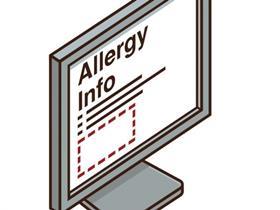
For Christof Bentele, global head of crisis management with Allianz Global Corporate & Specialty (AGCS) “fipronil is an example of how your supply chain exposes you. When your supply chain ends up in places like China, it’s very difficult to offer transparency from farm to fork, and China is the origin of many alerts that originate from countries outside the EU. And yet this was only in another European country.”
The rise in recalls isn’t just down to complex global supply chains, however. Labelling mistakes, particularly around potentially dangerous allergens, are also a growing factor. “We eat more packaged food on a more regular basis,” says Dr Rachel Ward, a recall expert and consultant. “They rely on a number of ingredients that will be sourced from all over the world, and so the opportunity for something to go wrong is considerable, yet the investment in data management and IT in the food industry is a very long way behind the curve.”
In December Apprentice winner Alana Spencer, who markets cakes under the Ridiculously Rich brand using investment from Alan Sugar, was forced into a high-profile recall of her cakes. The reason? The law states that allergen information should be available at the point of purchase, and it was absent from Spencer’s website. Although only around 10% of cakes were bought online, the lack of any information on where they had been purchased meant that every single one had to be recalled.
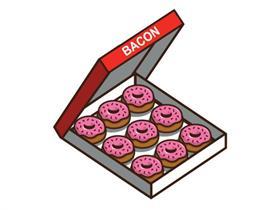
Which is a costly exercise for a small brand. According to Lockton’s research, it costs an average £38k to recall a ‘key’ product from sale, with 26% of businesses saying it would take up to six months to fully recover reputationally too. Aware of the increasing risk, retailers now often require in contracts that all their suppliers are insured against this cost as a precondition of doing business at all.
“There are three types of policy,” says Ian Harrison, an expert in recall at Lockton. “You need property insurance so you’re insured against your factory burning down, and liability insurance so you’re insured against someone getting hurt in your factory or taking legal action against you. The third is contaminated products insurance.”
Rise of the ‘moral recall’
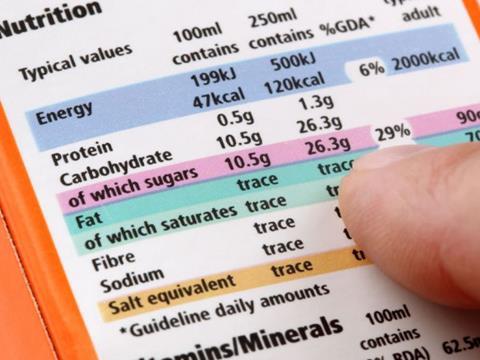
Fail to flag up an allergen on a chocolate bar or send out spices tainted with e.coli and there is no choice but to recall a product, and fast, or face the full force of the law. But there is a new phenomenon, says Allianz, where brands and retailers are increasingly recalling products not for legal reasons, but because they feel obliged to in the face of higher consumer expectations.
For head of global crisis management at AGCS Christof Bentele “there will be incidents when there is no legal or regulatory requirement to recall but it is the right thing to do”.
Dubious supply chains linked to child or slave labour is one example where retailers are already feeling this pressure, says the insurance firm, with calls for UK retailers to recall cocoa products linked to the use of child labour in 2015, and Waitrose issuing a recall of its corned beef in 2017 after it was linked to poor working conditions in Brazil.
But this moral obligation could extend, says AGCS, to reflect new consumer expectations around nutritional information displayed on pack, as well as religious and ethical designations for food regarded as vegan or halal. “This is a genuine business risk that companies have to be prepared for,” adds Bentele.
This is the insurance that protects from all of the related costs of product recall, from retrieving the contaminated products to resurrecting the brand’s reputation in the media and through costly bogof campaigns - at least in part. “If a retailer delists you because of a product recall, your sales will take a big hit,” Harrison adds. “If you used to have sales of £50m to a supermarket and enjoyed a 10% margin, but they no longer want to sell whatever it is you make, you’ve lost £5m.
“We sit down with our clients and try to work out a worst case scenario, much like that one. They might say that their limit is £50m, but that coverage is very expensive, so they might buy £5m because it gives some comfort. All of our clients additionally have a very large amount they would bear themselves, so you’re talking £500,000 before you get to the insurance policy.”
But the costs of not doing this can be dramatic. AGCS has looked into the costs of recall, analysing 367 product recall insurance claims from 28 countries, and found that food and beverage was second behind the automotive industry on size of claim, with the average value of larger claims coming in at €7.9m.
Added to the direct financial cost are the legal costs too. The sentencing guidelines that pertain to health and safety offences, corporate manslaughter and food safety and hygiene offences were revised in February 2016 to specify much more severe penalties for companies that breach the rules.
“We’ve seen more multimillion pound fines in the first months of these guidelines being brought into force than in the 40-odd years that preceded them,” says Dominic Watkins, a partner with responsibility for global compliance and investigations at law firm DWF.
The final problem is that there are also reputational costs - and the possibility that customers might start avoiding all your products after a recall, if they fear you might have a wider problem than just a single product. Much of this damage and guilt by extension can be exacerbated by social media storms.
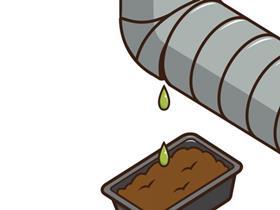
“Companies can have a relationship with their customers through social media,” says Bentele. “That territory can, however, be hard to navigate. If someone on social media reports an issue with a product, you need to respond quickly. Then again, we are in the age of fake news, so it’s hard to tell if a report is accurate.”
Recall is becoming simultaneously more expensive and more extensive, as Twitter will now broadcast what were previously localised issues around the world. With complex supply chains and increasing demand for cheaper and more exotic products, companies’ exposure to risk can only increase and, as Ward says, in the absence of a financially certain climate, investment in people with the skills to avoid it remains elusive.
There is no telling what the next recall will be, but given the potential financial and reputational risks, companies can’t afford not to protect themselves.

![New Logo[55]](https://dmrqkbkq8el9i.cloudfront.net/Pictures/274x183/2/0/1/363201_newlogo55_383907_crop.jpeg)


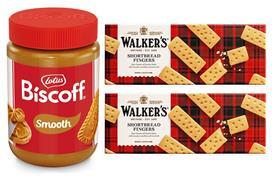



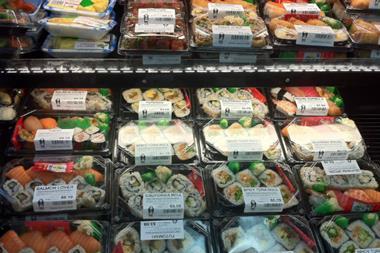

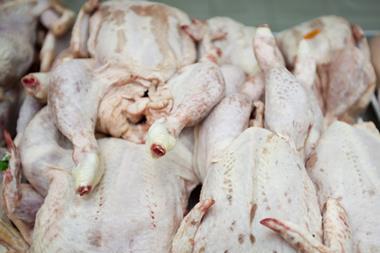
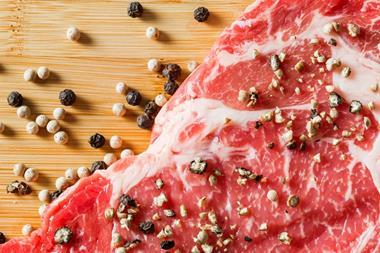
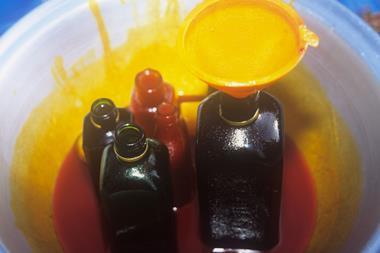



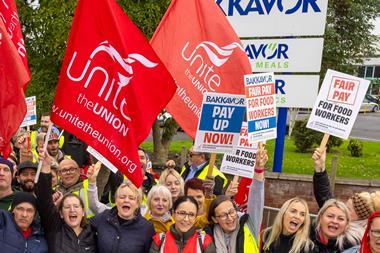

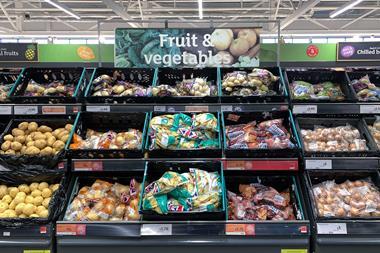
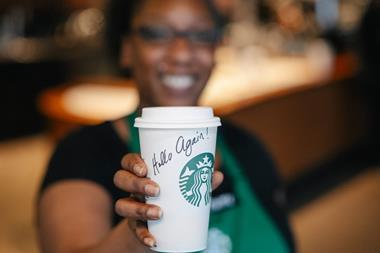
No comments yet